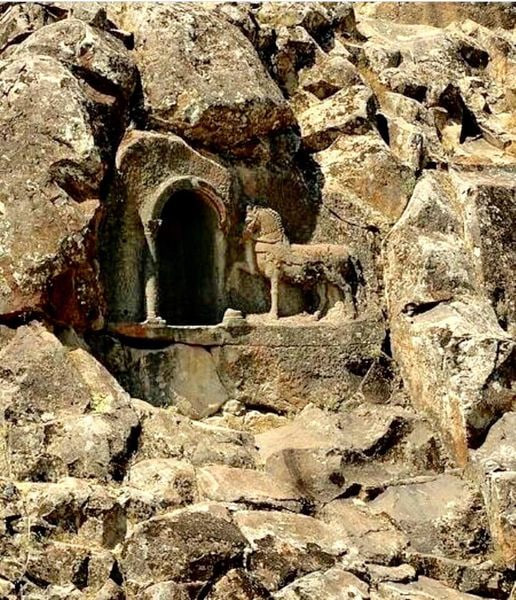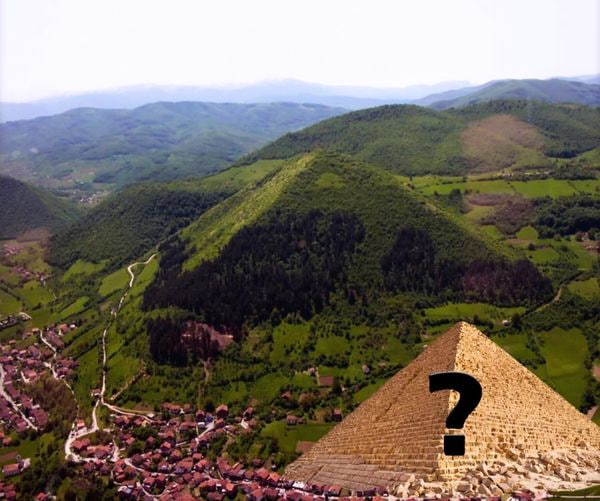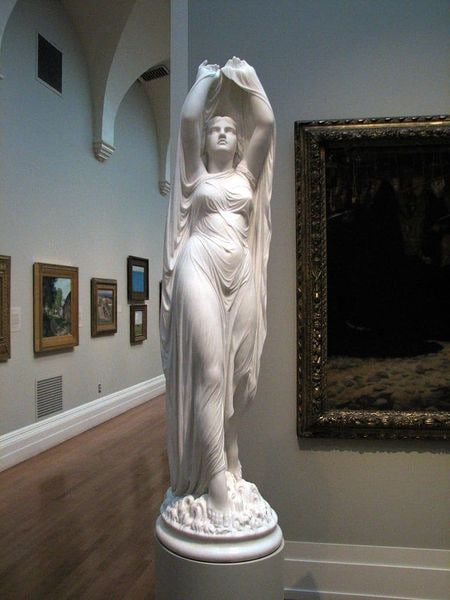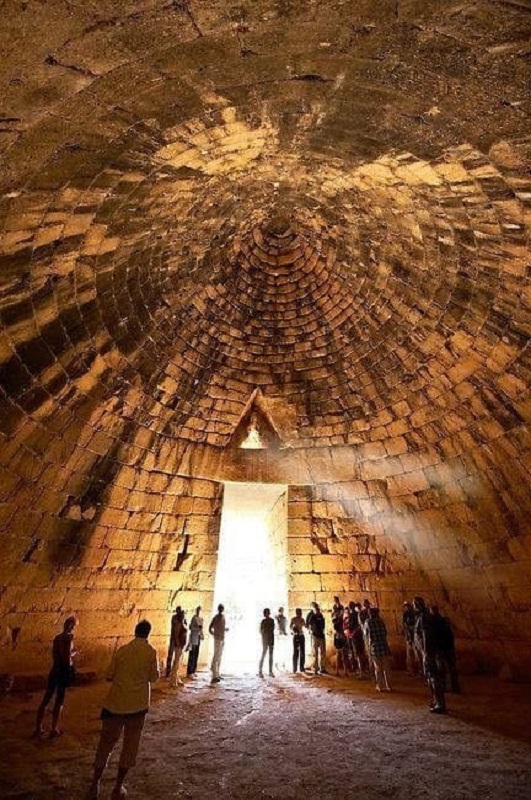Michelangelo Buonarroti, the renowned Italian Renaissance artist, left an indelible mark on art history with his unparalleled masterpieces. Among his most iconic works is the marble sculpture of Moses, created between 1513 and 1515. This awe-inspiring sculpture, housed in the Church of San Pietro in Vincoli, Rome, continues to captivate audiences worldwide with its remarkable detail and profound expression. One of the lesser-known but fascinating aspects of this masterpiece is the intricate depiction of a minute muscle in the forearms—a testament to Michelangelo's unparalleled skill and attention to detail.

Unveiling Michelangelo's Mastery
Michelangelo's Moses stands as a testament to the artist's unmatched skill and vision. Carved from a single block of marble, the sculpture depicts the biblical figure of Moses seated with a commanding presence, his right hand clutching his flowing beard, and his left hand holding the stone tablets inscribed with the Ten Commandments. The lifelike depiction of Moses exudes strength, dignity, and emotion, capturing the essence of the biblical narrative.
A Remarkable Detail

Amidst the grandeur of the sculpture, one remarkable detail often goes unnoticed—the depiction of a tiny muscle in Moses' forearms. Michelangelo's meticulous attention to detail is evident in this subtle anatomical feature. The small muscle, known as the palmaris longus, contracts only when the pinky finger is lifted, remaining invisible under normal circumstances. This astonishing level of precision highlights Michelangelo's profound understanding of human anatomy and his commitment to realism.
Exploring the Symbolism
While the inclusion of such a minute detail may seem inconsequential, it serves as a testament to Michelangelo's mastery and his ability to infuse his sculptures with deeper meaning. Some art historians suggest that the contraction of the muscle symbolizes Moses' inner turmoil and conflict, reflecting his complex role as both a leader and a humble servant of God. Others interpret it as a subtle nod to the idea of divine inspiration, emphasizing the spiritual dimension of Michelangelo's work.

The Legacy of Michelangelo's Moses
More than five centuries after its creation, Michelangelo's Moses continues to inspire awe and admiration. Its enduring legacy speaks to the timeless quality of great art and its ability to transcend generations. The sculpture remains a symbol of artistic excellence and human creativity, reminding us of the profound impact of Michelangelo's genius on the world of art and culture.
Michelangelo's Moses stands as a testament to the artist's unparalleled skill and vision. Through this remarkable sculpture, Michelangelo breathed life into the biblical figure of Moses, capturing his strength, emotion, and inner turmoil with astonishing realism. The inclusion of a tiny muscle in the forearms, a detail often overlooked, underscores Michelangelo's commitment to precision and symbolism. As we marvel at the intricacies of this masterpiece, we are reminded of the enduring legacy of one of the greatest artists in history.






